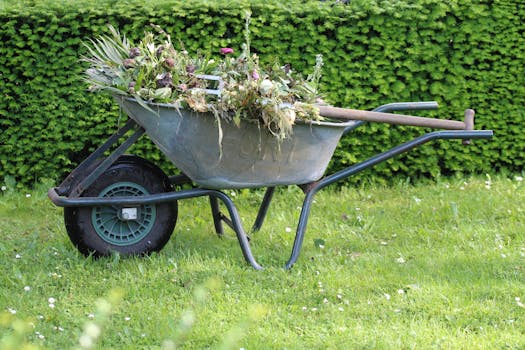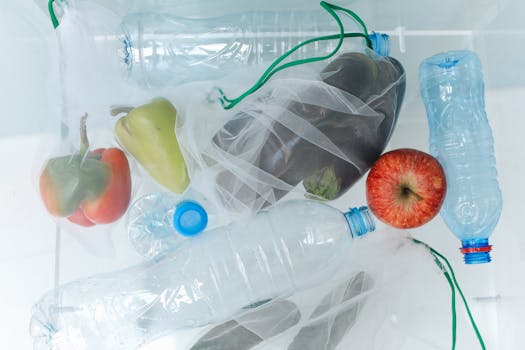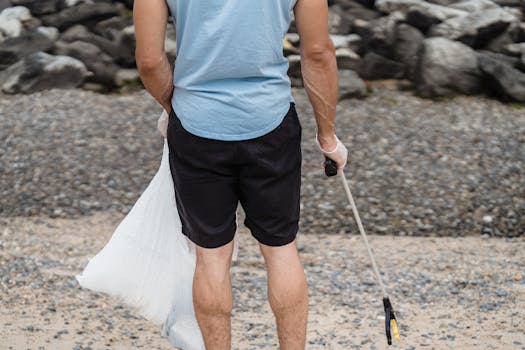
data-usecase-icon="store"
Open a Zero-Waste Starter Kits Store
Offer compost bins, reusable bags, and eco-tools through an online shop that raises funds while equipping supporters for zero-waste living.
data-usecase-cta="store"
data-usecase-icon="recurring_donations"
Kick Off the Monthly Green Champions Circle
Invite supporters to commit monthly gifts to sustain ongoing waste reduction programs and community outreach without worrying about fees.
data-usecase-cta="recurring_donations"
data-usecase-icon="peer_to_peer"
Launch the Community Cleanup Challenge
Empower volunteers to create personal fundraising pages and challenge friends to sponsor local litter pick-ups, amplifying your impact through peer networks.
data-usecase-cta="peer_to_peer"
data-usecase-icon="event"
Sell Tickets to the Eco-Workshop Series
Host hands-on workshops on composting, recycling hacks, and DIY upcycling—sell tickets online to cover materials and instructor fees fee-free.
data-usecase-cta="event"
data-usecase-icon="donation_form"
Deploy a Zero-Waste Tips Donation Drive
Share practical waste reduction tips alongside a custom donation form to engage new donors while funding your educational materials.
data-usecase-cta="donation_form"
data-usecase-icon="membership"
Launch the Zero-Waste Ambassador Program
Offer tiered membership with exclusive guides, community calls, and early event access for ongoing supporters committed to waste reduction.
data-usecase-cta="membership"
How Zeffy compares to other fundraising platforms for Waste Reduction Initiatives
Fees | You keep | You lose | ||
|---|---|---|---|---|
0% platform & processing fees | $50,000 | $0 | ||
2.9% + $0.30/transaction | $48,400 | -$1,600 | ||
2.2% + $0.30 + ~2.35% platform fees | $47,500 | -$2,500 | ||
2.9% + $0.30/transaction | $48,350 | -$1,650 | ||
3.7% + $1.79/ticket + 2.9% processing | $46,550 | -$3,450 (est.) | ||
1.99% + $0.49 | $48,560 | -$1,440 |
100% free, always.
Top 6 fundraising ideas for Waste Reduction Initiatives
♻️ Summer Swap & Shop
Host a community swap of clothes and goods. Small entry fees fund programs, extending item life and cutting landfill waste.
🚴♂️ Trash Trek Bike Ride
Cyclists collect litter as they ride. Participants raise sponsor pledges, boosting community pride and reducing roadside waste.
🎥 Eco-Film Under the Stars
Outdoor eco-film screenings under the stars. Ticket sales, reusable cup concessions, and info booths fuel waste reduction projects.
🌞 Solar-Powered Webathon
12-hour live streaming of solar cooking demos, upcycling tutorials & eco quizzes powered by solar. Viewers donate per challenge to slash waste.
📦 Virtual Recycle Rally
Supporters log home recycling efforts online and share stats. Each milestone unlocks matching funds, driving community impact and clean habits.
📸 #WasteLess Photo Contest
Online photo contest with #WasteLessSummer tag. Entries showcase creative waste-free habits; entry fees and voting donations fuel reduction efforts.
Want more inspiration?
Explore 40+ free Waste Reduction Initiatives fundraising ideas
Top grants for Waste Reduction Initiatives in 2025

EPA Environmental Education Grants
U.S. Environmental Protection Agency
Three to five grants awarded from each of the EPA's 10 Regional Offices
Supports environmental education projects.

Solid Waste Management Grants
USDA Rural Development
Not specified
Reduces or eliminates pollution of water resources by providing funding for organizations that provide technical assistance or training to improve the planning and management of solid waste sites; application window is open from October 1 â December 31 each year.

Community Waste Reduction Grant
SWACO, OH
$500.00 - $35,000.00
Provides funding for projects that reduce waste and/or increase the diversion of recoverable materials that would otherwise be sent to the Franklin County Sanitary Landfill for disposal; check back in April 2025 to learn more about the 2026 grant cycle!

Recycle Ohio Grant Program
Ohio Environmental Protection Agency
Up to $200,000
Provides grants for communities, nonprofits, businesses, and academic institutions; Ohio EPA will accept applications October 6, 2025, through December 5, 2025.
Top companies that donate to Waste Reduction Initiatives in 2025

Walmart
Supports community initiatives through local grants and Spark Good programs.

Target
Provides grants to support organizations working to strengthen communities and offers local store giving through Target GiftCard donations.

BRING Recycling
Invests in their mission of residents saving money, reducing their carbon footprint and taking control of their future in recycling.

Waste Reduction Partners
Helps organizations improve environmental and energy management through efficiency techniques that save money.
Frequently asked questions
Is Zeffy really 100% free for Waste Reduction Initiatives? What's the catch?
Yes, Zeffy is 100% free for Waste Reduction Initiatives! There are no platform fees or processing fees, and no hidden costs. We rely on optional tips from generous donors to keep the platform free, allowing you to dedicate every dollar towards reducing waste and promoting sustainability without worrying about extra costs.
Can Waste Reduction Initiatives use Zeffy to collect donations?
Absolutely! Waste Reduction Initiatives can use Zeffy to collect one-time donations, set up recurring giving programs, sell tickets for fundraising events, and more, all without any fees. Every cent you raise goes directly to supporting your environmental goals and initiatives.
What types of fundraising campaigns can Waste Reduction Initiatives run with Zeffy?
With Zeffy, Waste Reduction Initiatives can run a variety of fundraising campaigns such as peer-to-peer fundraisers to engage your community, sell tickets for events like eco-friendly workshops, and set up recurring donations to ensure ongoing support. Zeffy has all the tools you need to maximize your fundraising efforts.
What's the best fundraising platform for Waste Reduction Initiatives?
Zeffy is the best option for Waste Reduction Initiatives because it's truly zero-fee. While other platforms might promise 'low fees' or 'minimal costs,' Zeffy doesn't take any cut from your donations. This means more funds go directly to your waste reduction initiatives, enhancing donor trust and transparency.













